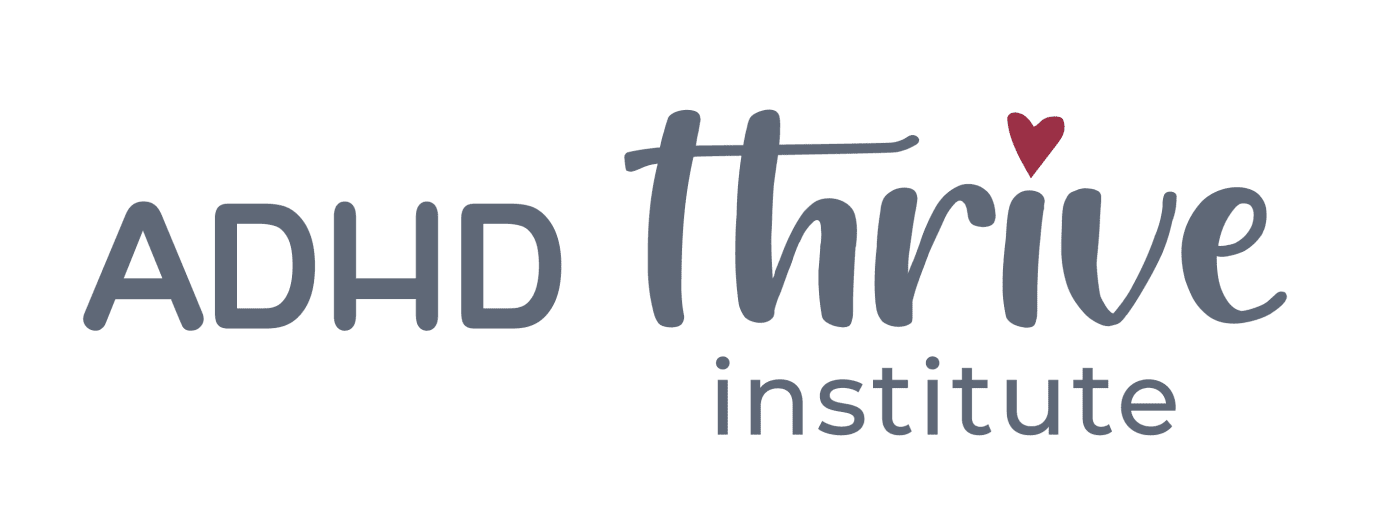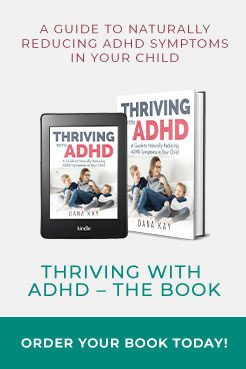Can you imagine hearing 20,000 negative messages by the time you’re 12 years old?
Experts like William W Dodson(1) estimate that kids with ADHD hear that many more negative messages than their neurotypical peers by the time they reach the age of 12! That is a lot of negative comments!
As a result, it’s no wonder that many kids with ADHD struggle with confidence. They have a lot more negativity coming their way than neurotypical children might.
Plus, these kids also have unique challenges they face each and every day that might lead to frustration or feeling like they’re never good enough. This can really take a toll on their confidence.
But here’s the good news: we’re not helpless against this tide of negativity. We have access to a powerful tool that we can use every single day—positive reinforcement.
This powerful tool in your parenting toolbox can help your child feel capable, valued, and motivated.
In this article, I’ll share simple, effective strategies that parents can use every day to help boost confidence and self esteem in kids with ADHD.
Understanding ADHD and the Power of Positive Reinforcement
It’s important to first of all really understand why ADHD can affect a child’s self esteem. ADHD can make it harder for kids to focus on their strengths, because they are likely hearing more corrections than compliments pretty much all day long…potentially 20,000 more than other kids by the time they reach the age of 12!
Think about an average day of a school aged child. A child wakes up and has to get ready for school. But a child with ADHD might forget to brush their teeth or pack their lunch or get their school bag ready. The child might already feel discouraged before they even leave the house for school.
Then think about a school day. Most schools are not designed with neurodiverse kids in mind, so that child might be reprimanded or redirected all day long, leading him to continue to feel bad about himself and wonder why some kids seem to have no trouble sitting still or completing an assignment.
And the day goes on in the same way it started. More and more negativity.
That’s where positive reinforcement comes in—it helps them recognize their achievements and feel empowered. It helps them shift their focus off of all the things they are doing wrong and focus instead on what they do well.
Unlike traditional discipline, positive reinforcement isn’t about pointing out mistakes—it’s about celebrating what’s going right. This shift in focus builds their self-esteem and encourages learning through successes.
So now that we understand how ADHD impacts self-esteem, let’s talk about what we can do to flip the script.
Key Principles of Positive Reinforcement for Kids with ADHD

To make positive reinforcement effective: remember these 3 key principles:
Consistent:
Praise and rewards should be regular and predictable. Just giving a child positive reinforcement one time isn’t going to cut it. It needs to be a regular part of your daily routine. For example, think about praising them every time they put their shoes away—not just once a week. Kids with ADHD thrive on repetition.
Specific:
Focus on the exact actions you want to reinforce—like saying, “Great job putting away your toys!” instead of general praise.
Immediate:
Immediate reinforcement helps connect their actions with the positive outcome. If you wait too long, they might not connect the dots between what they did right and the reinforcement.
Effective Positive Reinforcement Techniques
There are various different positive reinforcement techniques you could try, and each child is different so you might want to try out a few to see what works best for your child.
Three of my favorite techniques include the following:
- Praise and Encouragement
This is definitely my favorite form of positive reinforcement because extrinsic rewards that we’ll talk about in a moment often don’t lead to long term behavior change.
In contrast, praise and encouragement from a parent – especially when it’s specific – can help to build intrinsic motivation in a child.
Basically, what that means is that they’re doing something not just for a reward but also because it makes them feel good about themselves to do it.
With praise, make sure you’re specific. Instead of “Good job,” try saying, “I’m so proud of how you finished your homework all by yourself!”
I want to hear from you – Do you use praise at home? Share one of your go-to phrases in the comments—I’d love to hear how you encourage your child with ADHD!
- Reward Systems
A second type of positive reinforcement is a reward system. While I prefer praise and encouragement for long-term growth, some families find that a small reward system works wonders for specific challenges.
Keep in mind, however, that reward systems don’t always build intrinsic motivation. Instead, they might teach a child to only do the right thing if there is a reward attached.
That being said, though, some families do find reward systems super helpful and effective for specific short term goals. It all depends on your individual child and family structure.
To create a basic reward system, simply create a simple token system where kids earn rewards for specific actions and tailor it to what motivates your child.
- Visual Reminders
A third technique that many parents find helpful are Visual Reminders. These aren’t necessarily positive reinforcement, per say, but they do serve as constant, positive cues to reinforce behaviors.

Which of these techniques do you think your child would respond to best? Let me know in the comments.
Building Confidence Through Small Achievements
Now, let’s talk just a bit more about that first technique I mentioned – praise and encouragement.
How can a parent use praise and encouragement to build confidence in their child?
Here are a few quick ideas:
You could break tasks into small, manageable steps and then celebrate each milestone, no matter how small. This really encourages a growth mindset in your child and helps them learn that challenges are opportunities to learn and grow.
For instance, tonight you could break a big task into two or three steps and celebrate each one. For example, ‘You got your shoes on? Great! Backpack ready? Awesome!”
Using Positive Language and Encouragement
You can also replace critical language with encouragement. For example, instead of saying, ‘Your room looks like a tornado hit it,’ try, ‘Hey, let’s team up and tackle this mess together.’
It is much more effective to use positive language and encouragement. You will likely feel better about it, and so will your child!
Additionally, instead of telling a child, “Don’t X,Y,Z” tell them what you want them to do.
For example, instead of saying, “Don’t hit your sister,” encourage them by saying, “We use kind hands in our home.”
You can also frame mistakes as learning moments saying things like, “It’s okay to spill—that’s how we learn to be careful!”
Empowering language helps build their self-worth and reminds them that mistakes are part of being human. We all make them!

Teaching Self-Compassion and Self-Advocacy
You also want to help your child develop a positive self-view by teaching them self-compassion. Simple exercises like journaling or repeating affirmations like, “I am brave and capable,” can go a long way.
Some parents find that having a couple go-to positive affirmations handy at all times can really help them to remember to build up their own self-esteem.
You also want to encourage self-advocacy by teaching your child to ask for what they need, whether it’s a quiet space to work or extra time to complete a task.
The Role of Family and Peer Support
The techniques in this article work even better when the whole family gets involved. Parents can even involve siblings in cheering on small victories they see in one another.
It’s also great when kids have a peer group that encourages one another. One mom in my program told me about how much it benefited her child with ADHD when he joined the cross country team. The team was constantly building one another up, and the confidence he was feeling began to spill over into other areas of this child’s life.
There are also ADHD support groups that can provide both you and your child with encouragement and community. We here at the ADHD Thrive Institute have a free ADHD parent support group on Facebook that I know you’ll find encouraging. Consider this your official invitation!
Let me tell you about a mom I worked with not too long ago—it broke my heart when her son came home one day and said he was a bad kid. He was only 6 years old.
Heart breaking, right?
If this resonates with you, know that you’re not alone.
Sadly, many parents of kids with ADHD have told me similar things. Kids with ADHD – as we’ve discussed in this article – often struggle with self-confidence.
But the good news is that we can help them! That 6 year old who thought he was a bad kid? He doesn’t feel that way anymore! In fact, he is THRIVING. He sat down with me not too long ago and shared his story.
You’ll love to hear it from his own mouth. He’s a pretty incredible child!
Building confidence in kids with ADHD takes patience, creativity, and consistency. By using positive reinforcement, we’re not just boosting their self-esteem—we’re showing them they’re capable of achieving great things.
Every small victory we celebrate with our kids helps rewrite those 20,000 negative messages into 20,000 moments of pride and possibility.
<<To learn even more about positive parenting for kids with ADHD, check out our ADHD Thrive Jumpstart 4 Parenting Program, where we partnered with a licensed Child and Family Therapist to create a program that actually works for families of kids with ADHD!
Link Mentioned in the Article:
- Dodson, William W. Emotional Disregulation and Rejection Sensitivity. https://d393uh8gb46l22.cloudfront.net/wp-content/uploads/2016/10/ATTN_10_16_EmotionalRegulation.pdf. As cited in https://chadd.org/prioritize-praising-your-child-with-adhd/. Accessed Jan 17 2025.








